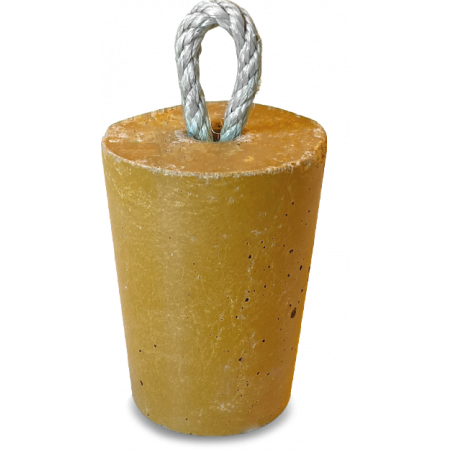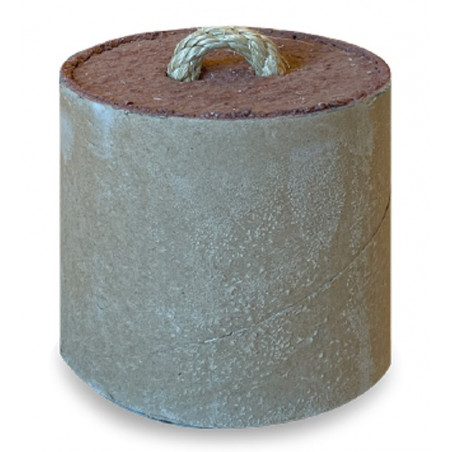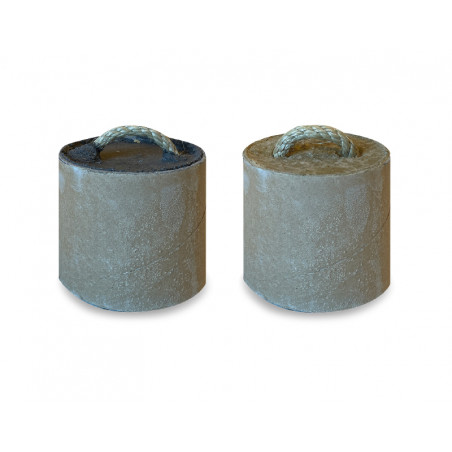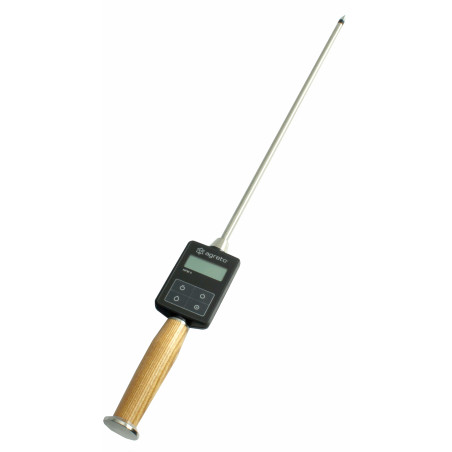EU citizens have an increasing and growing interest in the welfare of production animals in particular. Unfortunately, some, although legitimate, welfare issues including the pressure to introduce regulations banning tail-docking in piglets, may, in a significant percentage of cases, cause serious, painful problems for animals related to caudophagia which de facto will worsen animal welfare.
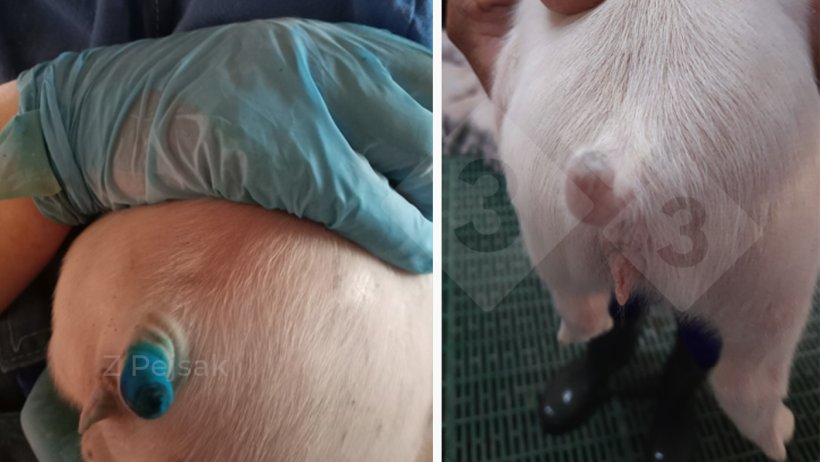
Currently, in the EU tail docking should take place only in exceptional situations, when other mechanisms and measures to prevent tail biting fail, and only when the first signs of this stereotypy are found in animals. Tail biting should be prevented by applying preventive measures that are farm-specific after a risk assessment analysis.

The problem of the discussed lesions is closely related primarily to the principles of production and the conditions in which pigs are housed. Where large-scale pig production is common, e.g. in Denmark, Spain, or the Netherlands, caudophagia affects 2-5% of fattening pigs. In Poland, tail or ear biting is observed in about 43% of farrow-to-finish farms. Based on the compilation of data from EU countries (EFSA), it can be concluded that the problem of tail biting occurs in 30-70% of farms and leads to tail injuries in about 5% of animals.
Considering the data on the scale of caudophagia in various countries, it can be concluded that in areas where pig farming is not intensive and large-scale, e.g. Norway and Finland, problems with caudophagia are usually (but not always) less severe than in countries with intensive pig production. On the other hand, it can be clearly stated that in operations where tails are docked the discussed lesions have marginal significance.
When analyzing the causes of caudophagia, it becomes clear that they are multifactorial.
Possible causes of cannibalism in pigs include:
Incorrect microclimate in the barn:
- too high humidity (increases aggressiveness of pigs)
- high concentration of harmful gases: concentration of CO2>3000 ppm
Animal housing conditions:
- overcrowding in pens
- excessive number of animals per feeder/drinker
- litter-free housing
- too much natural or artificial light in the barn
- frequent mixing of animals during rearing
- prolonged stress
- boredom
- excessive noise
- leaving sick and weakest piglets in pens
Nutrition:
- incorrect proportion of energy and protein in the feed
- low levels of salt in feed
- too low fiber levels
- deficiency of minerals (e.g. magnesium) or vitamins
- tryptophan deficiency
- high mycotoxin content in the feed
- frequent feed changes
- feed deficiency
Disease agents:
- scabies
- exudative epidermitis
- Mycoplasma suis infections
- pox
Management measures:
- too early weaning
- teeth clipping
- postponed castration
- poor pen organization
Genetic predispositions
An analysis of the literature on the causes of tail biting highlighted 87 different risk factors. In principle, it is not possible to determine conclusively which factor plays a decisive role. Certainly, the "constellation" of risk factors varies in each facility. Usually, a critical unknown x-factor appears suddenly, becoming the ultimate reason for the sometimes sudden appearance of caudophagia. Not infrequently, the phenomenon of cannibalism appears in only one of the many pens located in the same area, and it is not known for what reasons it sometimes spreads to other pens.
The multifactorial nature of the problem makes it impossible to introduce simple and fully effective solutions leading to its fast elimination. It seems that with the current state of knowledge, it is not possible to develop clear guidelines for the rearing of pigs with intact tails that could be universally applied to all, or at least most pig farms with positive results.
When taking measures to control the problem of caudophagia, the first step is to identify and remove the aggressor(s) from the group, reduce the density of pigs in the pens, and provide the animals with additional materials for "play" - primarily straw. A change in diet is often necessary. Observations have shown that, above all, the level of salt in the feed can significantly affect the incidence of tail-biting. Therefore, it is often reasonable to increase the salt level in the feed. It is important to realize that increasing the salt level in the feed also increases the water intake, and thus the frequency and timing of water drinking.
It is also important to pay attention to the levels of other minerals, especially magnesium and phosphorus. For example, in mixed feeds for fattening pigs, the phosphorus level should be around 0.5% and the calcium/phosphorus ratio should not exceed 1.25:1. The magnesium level should be at least 0.08%. Mineral deficiencies as a cause of caudophagia are indicated, among other things, by the fact that there is a greater predisposition to cannibalism in the weakest piglets in a litter that have been malnourished during the weaning period.

Some authors report that the problem of cannibalism can be reduced by correcting the inappropriate amount of amino acids in the diet.
When taking corrective measures, a long list of potential causes of caudophagia should be traced and the ones found to be present should be eliminated, e.g. artificial lighting should be drastically reduced, or excessively large windows should be covered - especially in the summer.
If tail docking is necessary, it should be done at the earliest possible age, preferably between 1 to 3 days of age and no later than day 7. The tail should be docked using an electric or gas cautery (hot method). The use of this simple device prevents or rather limits bleeding; it also shortens the healing process to 2-3 days. It is reasonable, although rarely practiced, to use anesthetic preparations to reduce the pain associated with tail docking.
In conclusion, it should be emphasized that the practice of tail docking in pigs should always be preceded by an analysis of all risk factors and the implementation of appropriate solutions for each situation. If the risk assessment indicates that the probability of cannibalism is high, tail docking should be allowed.




